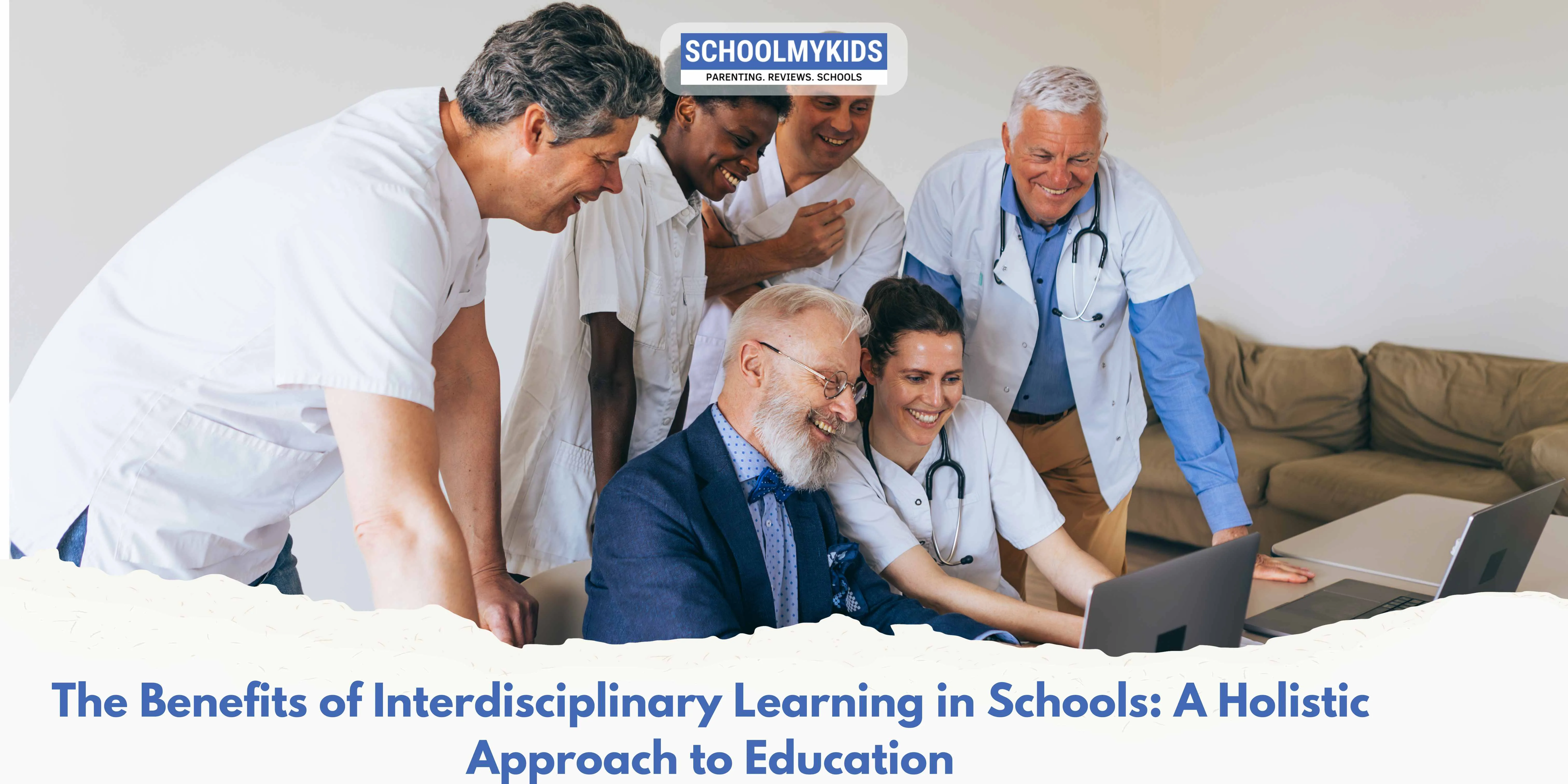Interdisciplinary learning brings together multiple subjects, allowing students to explore connections and understand the broader picture. By linking different fields of study, this approach not only deepens students’ knowledge but also prepares them for real-world problem-solving and collaboration. Here’s an in-depth look at the transformative benefits of interdisciplinary learning.
1. Enhanced Critical Thinking and Analytical Skills
When students learn through an interdisciplinary lens, they are encouraged to analyze concepts from multiple viewpoints. This method enhances critical thinking by requiring students to draw connections between subjects. For instance:
- Example: In a unit on environmental issues, students might examine climate change through the lens of science (climate science), social studies (human impact and policy), and economics (financial implications). This approach enables them to understand the complexity of the issue and recognize how these fields intersect.
- Impact: Students learn to think analytically and approach problems with a balanced perspective, a skill that translates well into complex, real-world situations where challenges rarely fall into one category.
2. Real-World Applications and Problem-Solving Skills
Interdisciplinary learning is highly effective for demonstrating real-world applications of academic subjects. Students often question the relevance of what they’re learning; by showing how knowledge applies across different contexts, interdisciplinary learning offers a practical answer.
- Example: A project on sustainable agriculture can bring together biology (plant science), geography (land use), economics (cost-effectiveness), and even art (designing promotional material for sustainable products). Such a project demonstrates how multiple disciplines contribute to practical solutions.
- Impact: This method fosters problem-solving skills, as students become accustomed to analyzing and integrating different perspectives to find comprehensive solutions. They are better prepared to tackle real-world challenges that require an understanding of various interconnected fields.
3. Increased Engagement and Creativity
By allowing students to explore subjects through varied lenses, interdisciplinary learning enhances engagement and fosters creativity. When students engage with topics that resonate with their interests across disciplines, they feel more connected to their studies.
- Example: A lesson on geometry combined with art can make learning mathematical concepts more exciting and relatable. Students might explore geometric patterns in famous artwork, which not only helps solidify their math skills but also inspires them to express themselves artistically.
- Impact: This method nurtures creativity, as students are encouraged to think beyond conventional boundaries. By approaching problems in new and imaginative ways, students develop flexible thinking skills, which are invaluable in dynamic work environments.
4. Development of Adaptability and Collaboration Skills
Interdisciplinary learning encourages students to work collaboratively across subjects, simulating the types of team environments they may encounter in future workplaces. Students must learn to adapt to diverse perspectives, which fosters empathy and collaboration.
- Example: In a group project on urban development, students may assume roles related to different disciplines, such as an environmental scientist, urban planner, or sociologist. Each student contributes unique insights, encouraging everyone to respect and understand differing viewpoints.
- Impact: This experience builds adaptability and teamwork, as students must integrate ideas and find solutions together. These skills prepare them for diverse professional settings, where working effectively with others from varied fields is often crucial to success.
5. Improved Knowledge Retention and Comprehensive Understanding
Interdisciplinary learning promotes a deeper and more enduring understanding of concepts by reinforcing connections across subjects. The brain is better at retaining information when it is interconnected rather than compartmentalized.
- Example: A student studying the Industrial Revolution through history, economics, and literature gains a multifaceted view of the period, seeing not only the historical events but also the economic impacts and cultural shifts that occurred. This interconnected approach helps reinforce understanding and improves retention.
- Impact: Students achieve better knowledge retention, as the material resonates more strongly when seen as part of a larger framework. By grasping the “big picture,” students find it easier to retrieve and apply information, enhancing both their academic performance and lifelong learning abilities.
How Schools Can Integrate Interdisciplinary Learning
To maximize the benefits of interdisciplinary learning, schools can implement the following strategies:
- Project-Based Learning: Encourage projects that bring together subjects, allowing students to explore concepts holistically.
- Thematic Units: Design curriculum units around broad themes, such as sustainability, innovation, or community, which can be explored from various academic perspectives.
- Collaborative Teaching: Teachers from different disciplines can collaborate on lessons or projects, giving students access to multiple expertise areas and viewpoints.
Conclusion: Building Future-Ready Learners
Interdisciplinary learning is a powerful approach to education that fosters critical thinking, creativity, adaptability, and knowledge retention. By connecting concepts across subjects, students develop a comprehensive understanding of the world, equipping them with the skills they need for an increasingly complex and interconnected future. This holistic approach is essential for building future-ready learners who are not only academically capable but also ready to tackle real-world challenges with confidence and insight.








Be the first one to comment on this story.